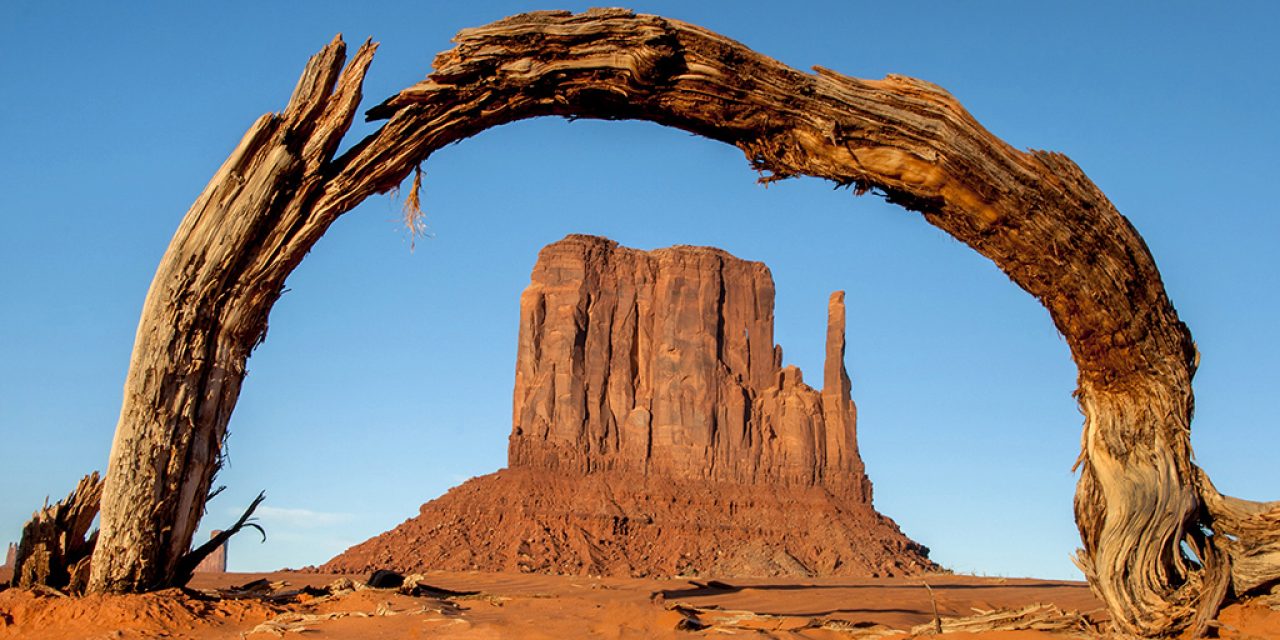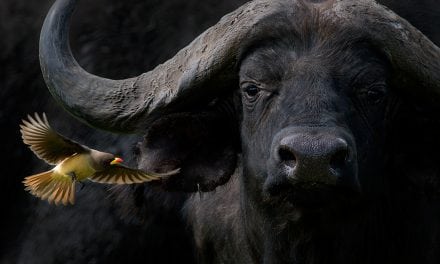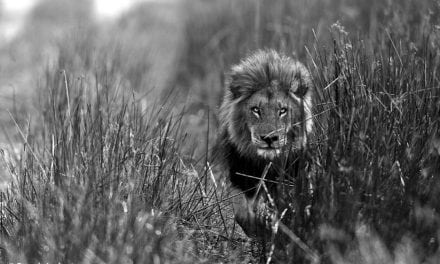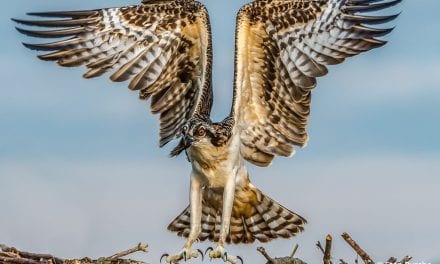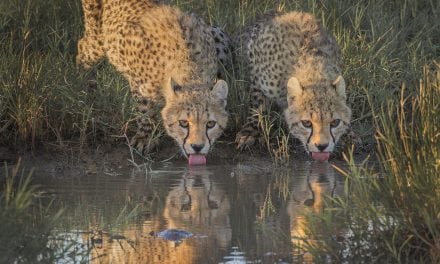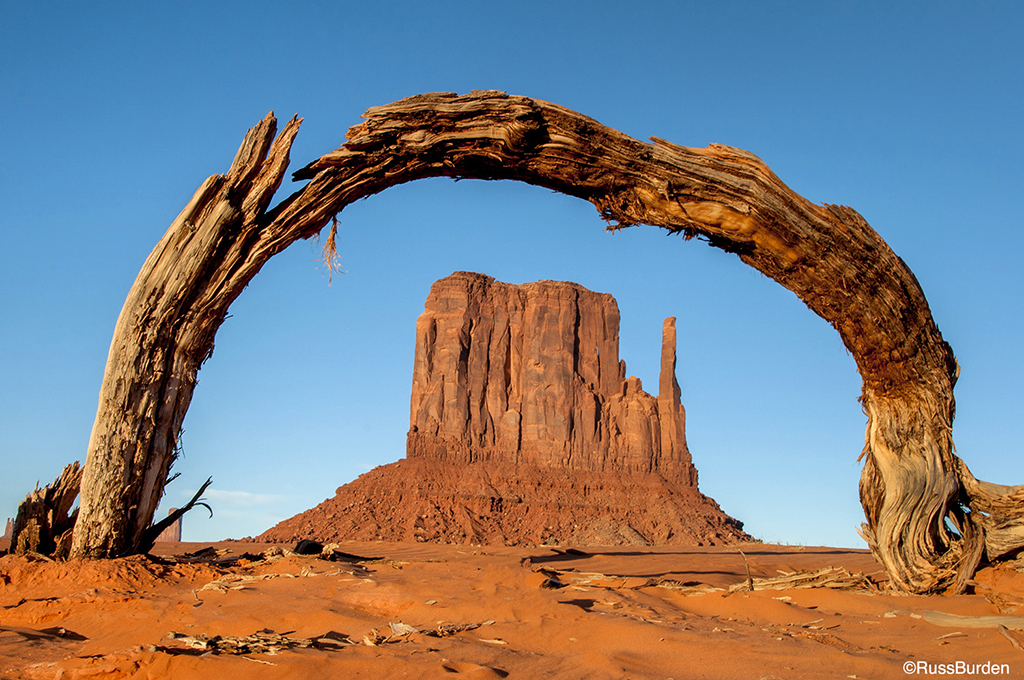
Natural framing is a popular technique in landscape photography where the photographer deliberately places the primary subject in a position where accompanying elements surround it, highlight it or call attention to it. A connection between the objects framing the subject and the subject itself should exist. The goal of the frame is to direct the viewer’s attention to a specific location within the composition. It unifies the primary focal point with natural or man-made objects that surround it. These objects add a sense of depth and also help identify the environment in which the image was created.
Why Use Natural Framing?
Photographers should incorporate good use of space in their images and be creative in how they accomplish this. Natural framing is used to hide distracting elements and strategically fill in areas that otherwise may lack interest. The frame can distract the viewer from looking at those areas and can turn an ordinary scene into a harmonious one that provides balance with the main subject. A well-devised frame is incorporated when its presence isn’t obvious to the viewer.
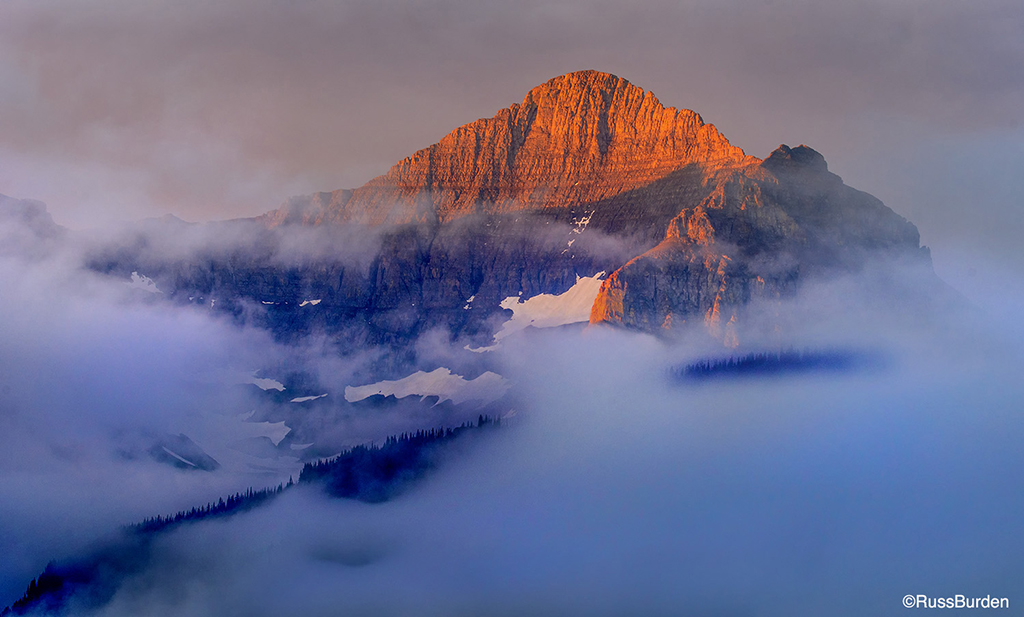
The frame should have a direct connection to the center of interest. The elements that constitute the frame in combination with the subject should be in harmony. For instance, mountains rise upward, therefore the sky will be in the photo. If the sky lacks color or interesting clouds, look for trees that frame the peaks. Zero in on limbs that naturally surround the summits. They should outline the top of the mountain but not merge with it. The limbs frame the mountains while they simultaneously disguise a mundane sky.
Regardless of the subject matter, the technique of natural framing works best when there’s a theme between the subject and elements that encompass it. For instance, a barn shot through a fence opening, a country road shot through a covered bridge, a stone arch framing a cobblestone street or a harbor scene shot through a porthole make sense to juxtapose.
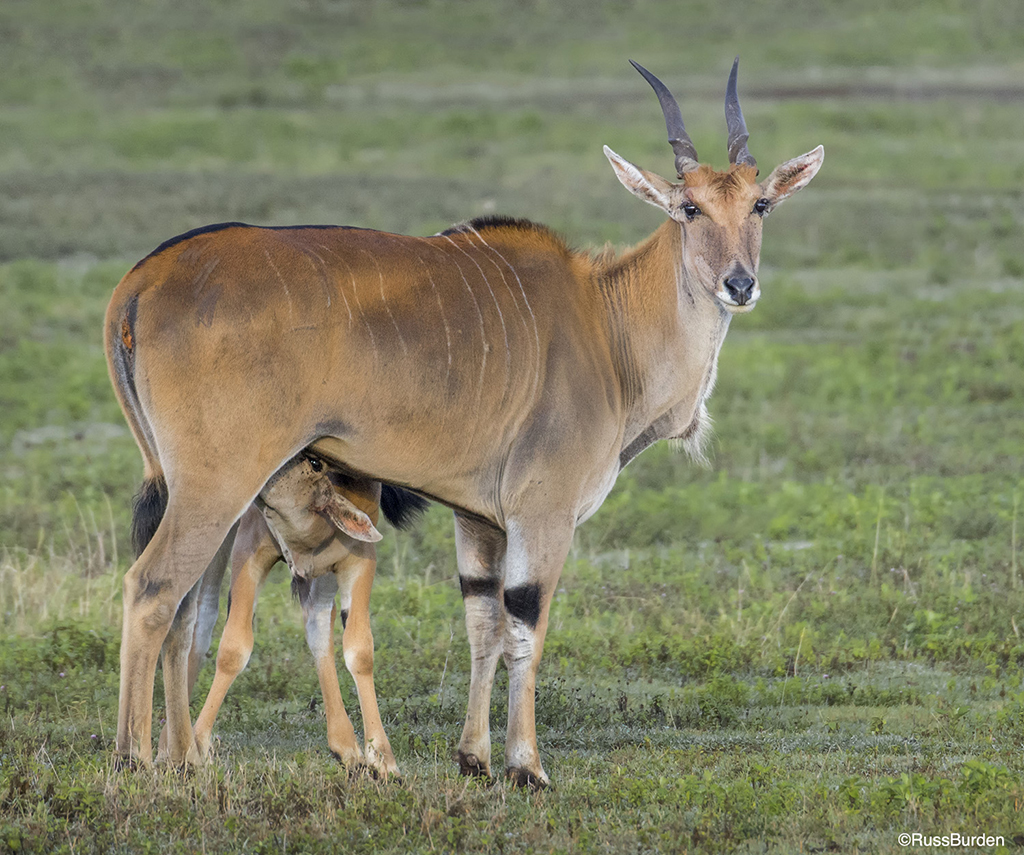
The Natural Framing Technique
Depth of Field: There will be times when the subject used as the frame is close to the front element of the lens. With this in mind, it’s essential you cover the necessary depth of field. To maximize it, use the hyperfocal setting. The physics of a lens dictates that from the point of focus, as the lens is stopped down, a given amount of focus will fall in front of that point and a given amount of focus will fall behind that point.
Download a smartphone hyperfocal app that instructs you to set the lens to a given distance based on its focal length, the size of your sensor, the given aperture and how far away from the front element the first important subject exists. Incorporate the use of a tripod and stop down the lens to a small aperture.
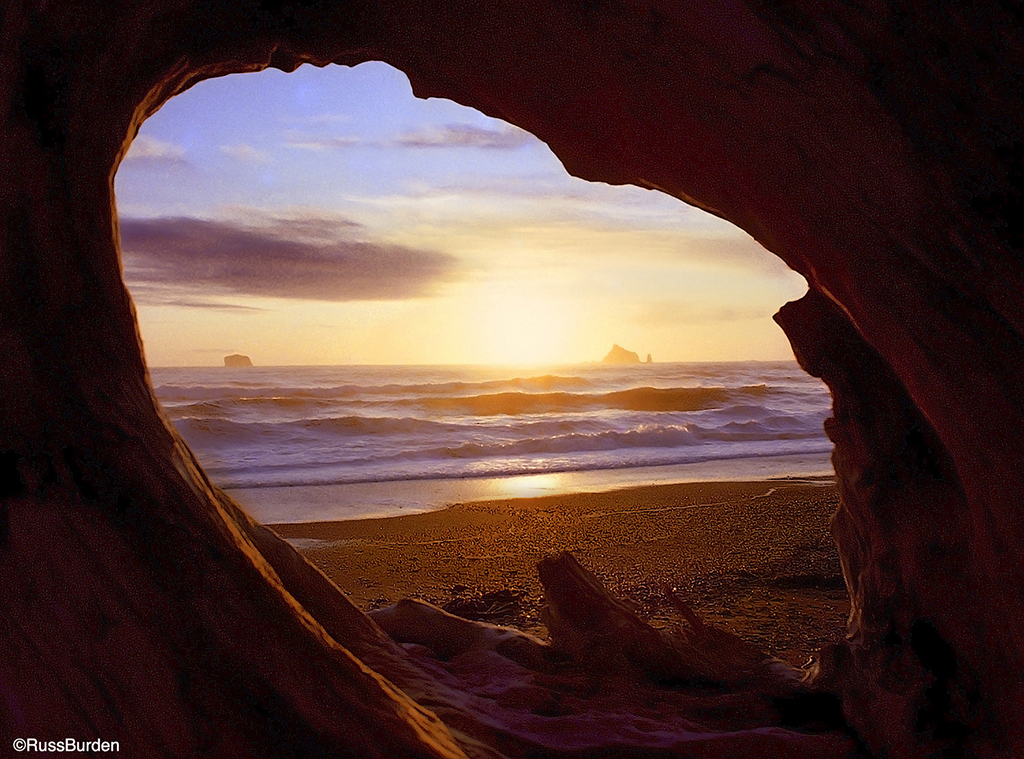
Live View Can be Beneficial: Zoom into the image on the LCD to check the range of sharpness. Additionally, think about focus stacking. Take multiple images focused at varying focus distances in the composition and use software to blend them together. In some cases, it may be desirable to have the framing element out of focus. It’s best to make the photo both ways so you can decide which works better when you edit rather than wishing you shot it the other way but didn’t.
All Four Sides: In some cases, the frame will encompass the entire main subject. In others, it will only encircle a single side, two sides or three. One of my favorite tag lines I use when I lead my safaris to Tanzania is, “Exhaust All Possibilities.” Be sure to vary the number of sides to make sure you nail the shot.
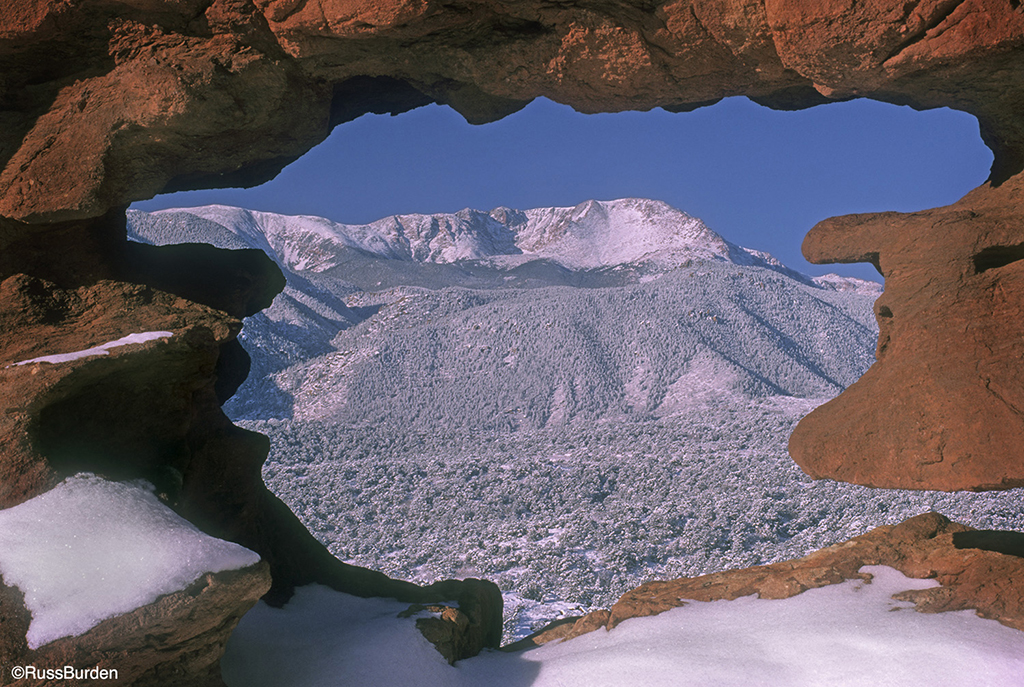
Multiple Frames: Don’t be afraid to experiment. You may run across situations where a frame may frame another that encloses the main subject. Once again, “Exhaust All Possibilities.”
Visit www.russburdenphotography.com for information about his nature photography tours and safari to Tanzania.
The post Natural Framing In Landscape Photography appeared first on Outdoor Photographer.

